Is Silk Warmer than Gingham for Spring? Exploring Fabric Compatibility
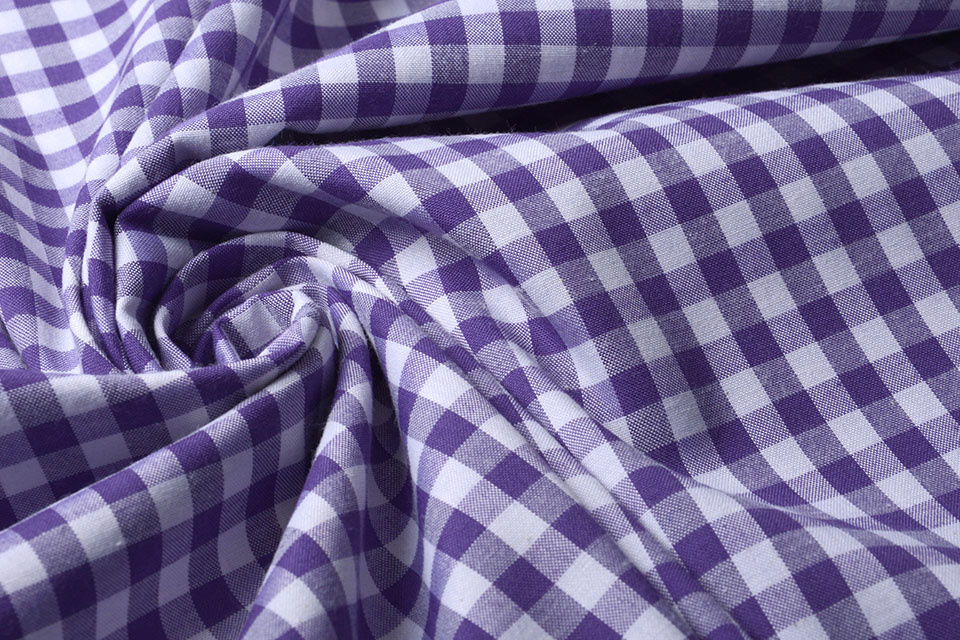
Introduction
Fabric compatibility is a crucial consideration in fashion and sewing, influencing both the aesthetic and functional aspects of a garment. When it comes to mixing silk and gingham, understanding their properties can guide you in creating stylish and comfortable pieces. This article will explore whether silk is warmer than gingham for spring and how these fabrics can work together.
Compatibility Analysis
When it comes to the question of whether silk is warmer than gingham for spring, the answer is generally NO. Silk, being a natural protein fiber, is known for its insulating properties, making it warmer than gingham, which is typically made from lightweight cotton. However, these fabrics can complement each other beautifully in fashion projects.
- Texture: Silk is smooth and lustrous, while gingham offers a classic checkered pattern with a slightly rougher texture.
- Weight: Silk is usually lighter and drapes well, whereas gingham is often slightly heavier.
- Stretch: Neither silk nor gingham naturally stretch, although silk’s drape can give the illusion of movement.
- Care Requirements: Silk requires delicate care, often hand washing or dry cleaning, while gingham is more resilient and can usually be machine washed.
- Durability: Gingham tends to be more durable due to its cotton content, whereas silk is more prone to snags and tears.
Fabric Properties Comparison Table
| Property | Silk | Gingham |
|---|---|---|
| Fiber Content | Natural (protein fiber) | Natural (usually cotton) |
| Weight & Thickness | Lightweight, thin | Moderate, thicker |
| Breathability | Moderate | High |
| Moisture-wicking | Low | High |
| Stretch & Elasticity | Low | Low |
| Wrinkle Resistance | Moderate | Low |
| Care Instructions | Hand wash/dry clean | Machine wash |
| Durability | Moderate | High |
Benefits of Mixing These Fabrics
Mixing silk and gingham can offer several advantages:
- Enhanced Texture and Visual Interest: Combining the smoothness of silk with the structured pattern of gingham creates a unique visual appeal.
- Improved Comfort and Performance: The breathability of gingham complements the warmth of silk, making it suitable for fluctuating spring temperatures.
- Better Drape and Movement: Silk adds fluidity, enhancing the overall movement of garments.
- Cost-effectiveness: Using gingham can offset the higher cost of silk, making projects more budget-friendly.
- Seasonal Versatility: This combination can transition from spring to summer with ease.
- Design Possibilities: The contrasting textures and patterns provide a creative playground for designers.
Potential Challenges
While combining silk and gingham can be rewarding, it also presents some challenges:
- Different Shrinkage Rates: Pre-washing fabrics can help mitigate this issue.
- Conflicting Care Requirements: Opt for delicate washing methods to accommodate both fabrics.
- Texture Clash or Pilling: Use a lining or interface to reduce friction.
- Seam Puckering: Employ fine needles and adjust tension settings on your sewing machine.
- Color Bleeding or Fading: Test for colorfastness and use color catchers in the wash.
Sewing & Styling Tips
For successful sewing and styling:
- Needle and Thread Recommendations: Use a fine needle (size 70/10) and polyester thread for strength.
- Interfacing and Stabilizer Needs: Lightweight interfacing can help maintain structure.
- Seam Finishing Methods: French seams or serging prevent fraying.
- Pattern Selection Advice: Choose patterns that highlight the drape of silk and the structure of gingham.
- Styling Ideas: Pair silk tops with gingham skirts for a chic spring look, or use gingham accents on silk garments for added interest.
Care & Maintenance Guide
Proper care ensures longevity:
- Washing Instructions: Use a gentle cycle with cold water.
- Drying Recommendations: Air dry to prevent damage.
- Ironing and Steaming Tips: Use a low heat setting for silk and medium for gingham.
- Stain Removal: Treat stains promptly with appropriate cleaners for each fabric type.
- Long-term Care: Store garments in a cool, dry place away from direct sunlight.
FAQ Section
-
Can you wash silk and gingham together?
Yes, but use a gentle cycle and cold water to protect silk. -
Will silk shrink more than gingham?
Silk can shrink slightly more, so pre-washing is advisable. -
What needle size should I use for sewing these fabrics together?
A size 70/10 needle is ideal for both fabrics. -
Can you mix silk and gingham in one garment?
Absolutely, they can create a striking contrast in texture and pattern. -
How do you prevent seam puckering when combining these fabrics?
Adjust the tension on your sewing machine and use a fine needle. -
Is it okay to mix silk and gingham for upholstery?
While possible, consider durability and care requirements, as silk is delicate. -
What’s the best way to finish seams with silk and gingham?
French seams or serging work well to prevent fraying.
By understanding the properties and compatibility of silk and gingham, you can create beautiful, functional garments that are perfect for spring. Whether you’re a seasoned designer or a sewing enthusiast, these insights will help you navigate the challenges and enjoy the benefits of fabric mixing.
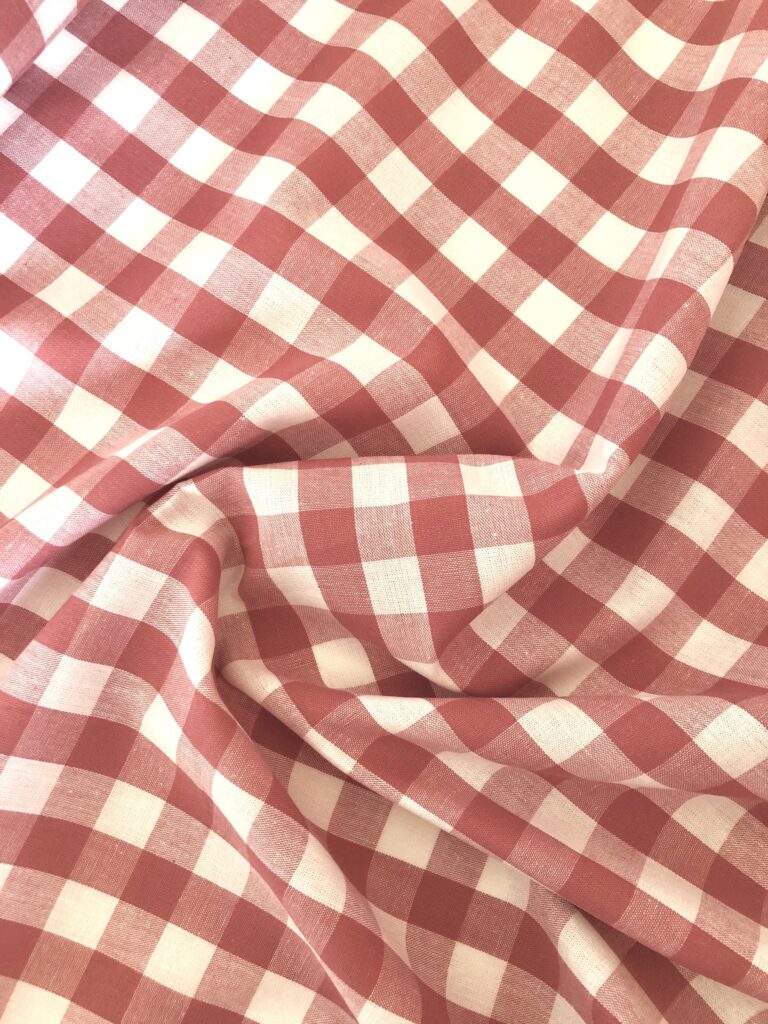
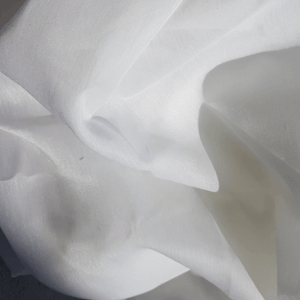
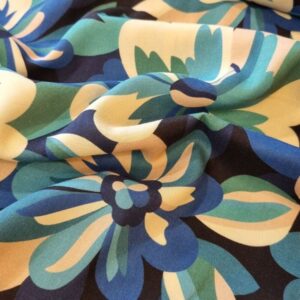
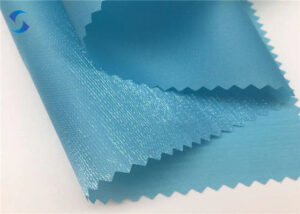
Leave a Reply